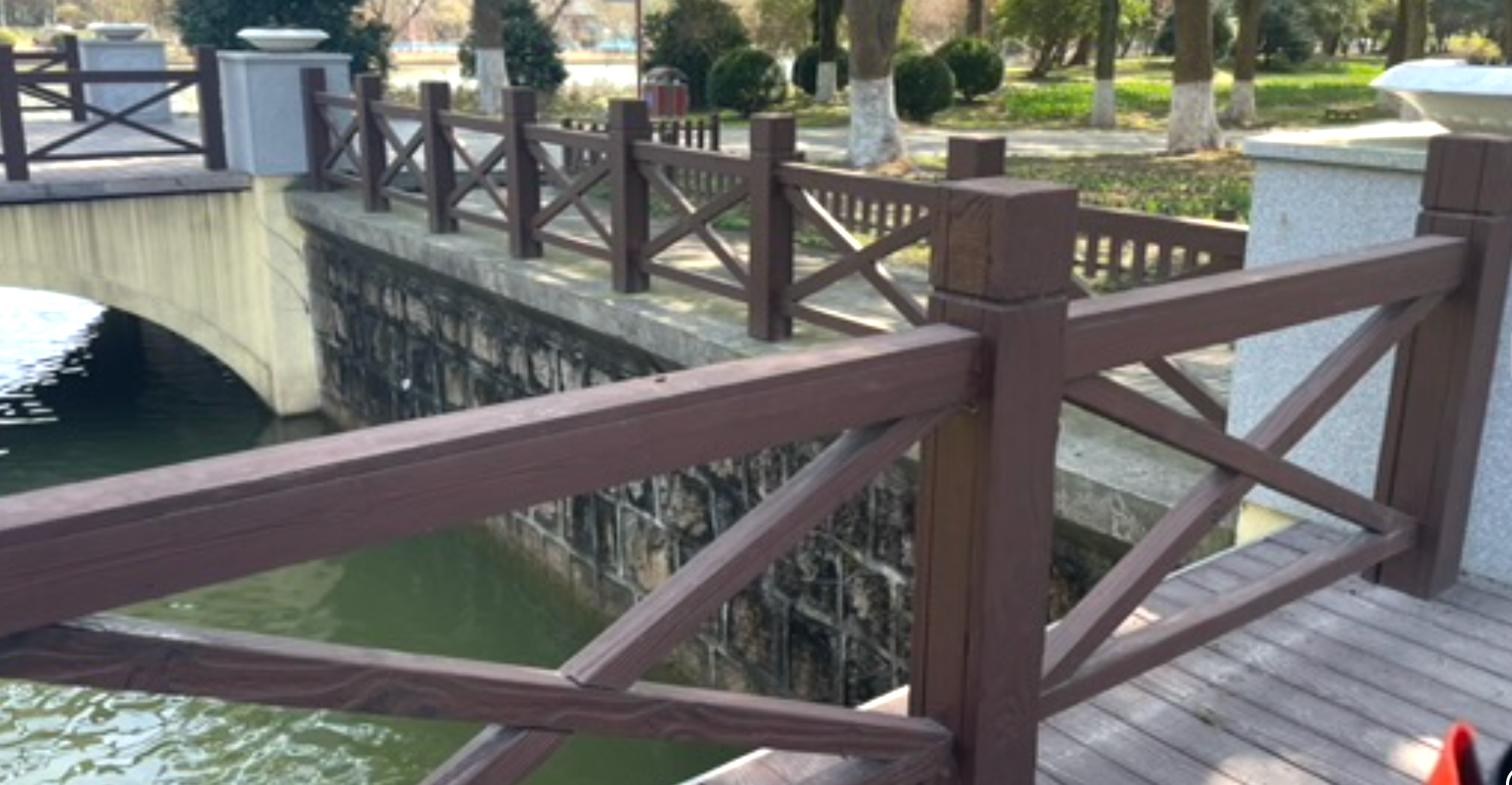Introduction
This article mainly covers life, not any sort of long-form geopolitical strategy.
I was mostly in Xuzhou, Nanjing, and Shanghai. About a month is needed for me to roughly understand how it is to live somewhere (based on experience in Germany). Though I had lived here beforehand I did not understand how it was as an adult.
People underestimate how similar societies are these days. Since most people get caught up on the language, they’re unable to see the similar personality structures across people of different cultures. Most people as a general rule care about food, friends, housing prices, chatting, and employment. People don’t think that much about things or do anything out of their comfort zone, which forms a sort of limitation on how well people can understand each other because of the energy and financials to understand another culture or language.
The pattern of life is also similar: people live in apartments or houses, use the internet, and go to grocery stores.
What would surprise people is to hear the idea that living in Mainland China is quite similar to living in the States. Indeed if I were to live there long-term, my life would be quite similar: I would live in an apartment complex (which is actually a vertical suburb much like the USA rather than European style), work, and go to Costco for food.
The lack of roaming, or how every district has gates, with the flow of people from private districts onto large central roads is a feature in both countries as opposed to the European right to roam.

The Patterns of Cities
Even visiting the Sun Yat-sen Mausoleum in Nanjing felt like climbing Stone Mountain in Atlanta. How curious that people now engage in this pattern of idly visiting park-like areas at a base of a mountain or go to lakes to relax. Something quite different and that we do not see in today’s world would be everyone in the city congregating at a specific time for the sunrise.
Carroll Quigley in his Evolution of Civilizations notes how peripheral states take the tools of the core at a later date while the core is beginning to show a world-weariness.
The victory of more peripheral states over less peripheral states during Stage 4 of any civilization seems so well established that it is worthwhile to seek the reasons for it. A number of these can be mentioned. In the first place, as a general rule, material culture diffuses more easily than nonmaterial culture, so that peripheral areas tend to become more materialistic than less peripheral areas; while the latter spend much of their time, wealth, energy, and attention on religion, philosophy, art, or literature, the former spend a much greater proportion of these resources on military, political, and economic matters. Therefore, peripheral areas are more likely to win victories. This contrast is quite clear between, let us say, Sumerians and Assyrians, between Ionians and Dorians, between Greeks and Latins, between Mayas and Aztecs, or even between Europeans and Americans.
Like the Northeast USA was the mirror of Western Europe, seen through how cities such as Boston or Washington DC have no parallel in the rest of the country, cities in the PRC appear to be a mirror of this superstructure pattern of cars and skyscrapers in a way more similar to Atlanta, a pattern of development birthed in the 50s and 60s.
It too feels like a consumerist society and the pattern of societal development in these super-cities is what I foresee most cities in the world heading in a direction like this unless some new pattern in our social relations occurs.
The way I would describe the pattern in cities is that social media or digital presence is important so that others have an idea of who you are in real life. This allows you to connect with strangers despite not having done things in the same room or school. There are a large amount of delivery drivers and takeout foods, ride-calling apps, and mobile usage. The relations between men and women are strained; men who have done OK become detached, other men just spend their entire time in these low-level jobs, and women can’t actually find someone to date. There is little nature or children. There is a high level of material and technological advancement. There is a lot of money wasted on what I would consider pointless things.
People move to cities because regional areas offer few resources, opportunities for material and intellectual advancement, employment opportunities, and so on. Cities become this giant “mess” because one specialization sets up in one area. Then other places decide it makes sense to move closer. And then someone builds an apartment here, an apartment there, until you get a giant blob where it takes an hour to go from one side to another. If there’s some foresight and administrative capacity the city has moped lanes and subway lines which relieves the transportation burden from cars a little.
It makes sense that Chinese cities are larger because there’s a larger population base to draw from and a bigger underdevelopment of the surroundings. As an example, Konstanz of population 85k is reasonably okay to live in. There’s nature, reasonable infrastructure, and supermarkets such as REWE. I’m not sure there’s an equivalent in other countries: for the USA I would think of Dollar Generals, Walmart, and the USPS. In the PRC more subsistence farmers and underdeveloped countryside.
However cities have the problem in that they can’t reproduce themselves. Food quality degradation and environmental pollution means that children born in these environments won’t be able to uphold society or generate improvements in quality. They get too big so transporting from one side to another for basic supplies or work is a significant drain.
The reason why I feel this upward pressure is that maybe I could settle in some small town in Germany or the USA with a reasonably remunerated job. But it just doesn’t feel right to me. I’d have to spend time celebrating holidays, birthdays, doing things that I feel are of a more primitive time. I’d feel like a monkey in a zoo where someone on the outside has the force to change whatever I do on the inside at will. The only holidays I’d celebrate are Q1 Q2 Q3 and Q4. It’s not so much that I think as humans we can return to that older time and pattern of society (though we will have to if the superstructure collapses) just that we have not found a pattern of development that works for today.
Pictures of similar city patterns
This is basically Atlanta or Dallas with denser cities (so downtowns are not just parking lots but underground or stacked parking lots), mopeds, electric cars, a different language, and some more air pollution due to factories. The streets are built slightly nicer (highways have coverings on the edges and trucks have barriers on the side to prevent cars from getting stuck underneath) but the pattern of highways and overpasses is the same.
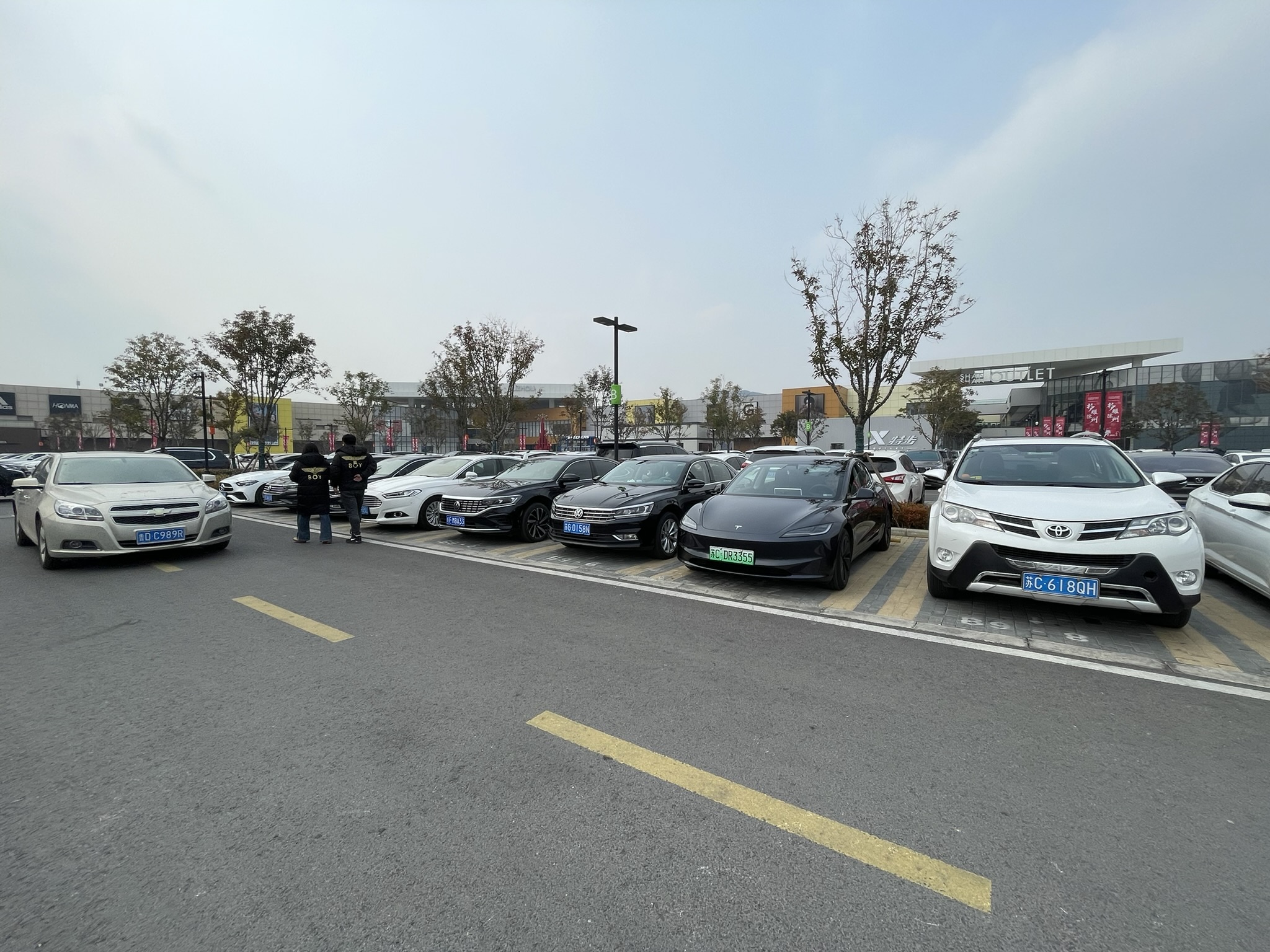
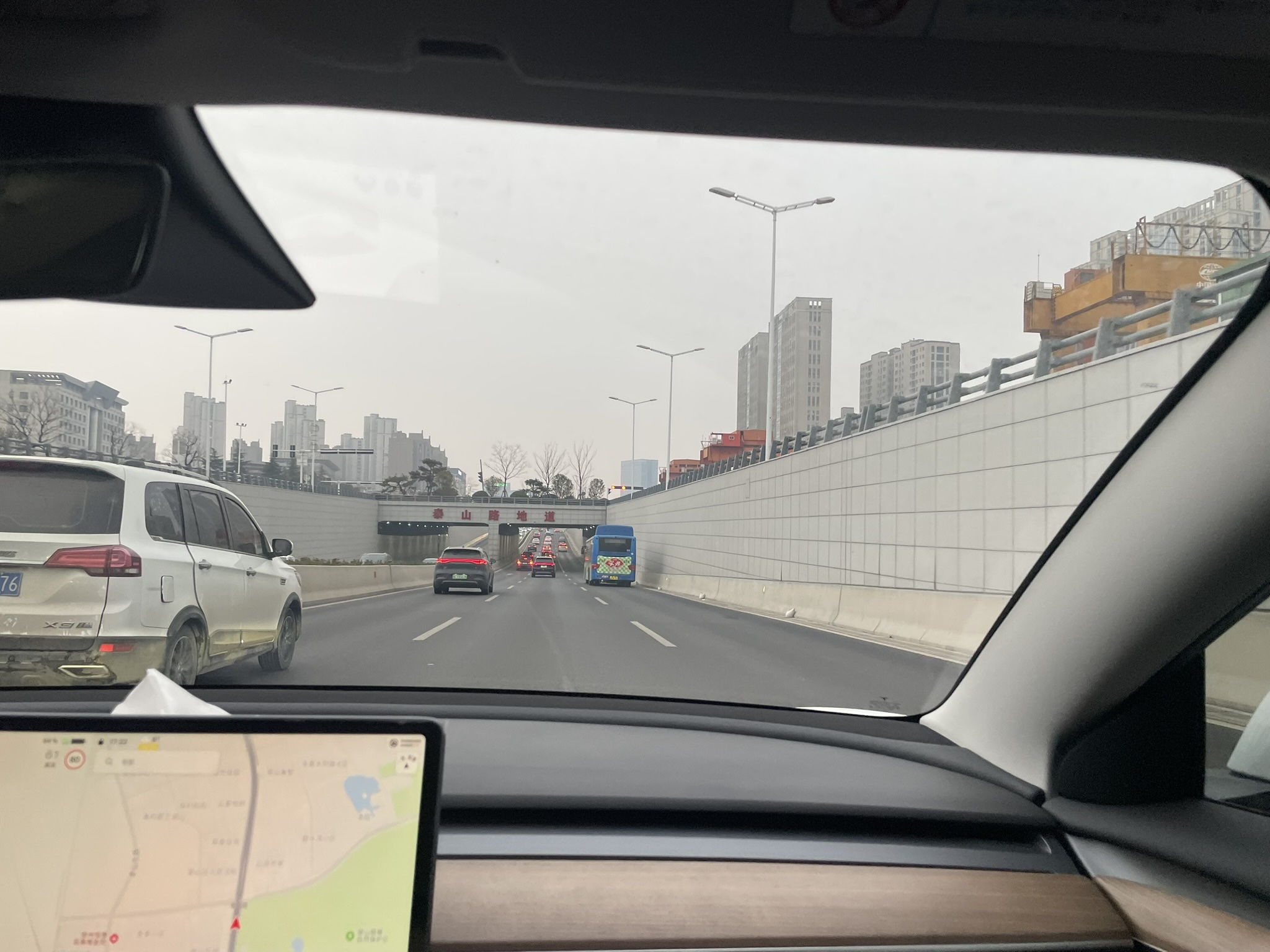
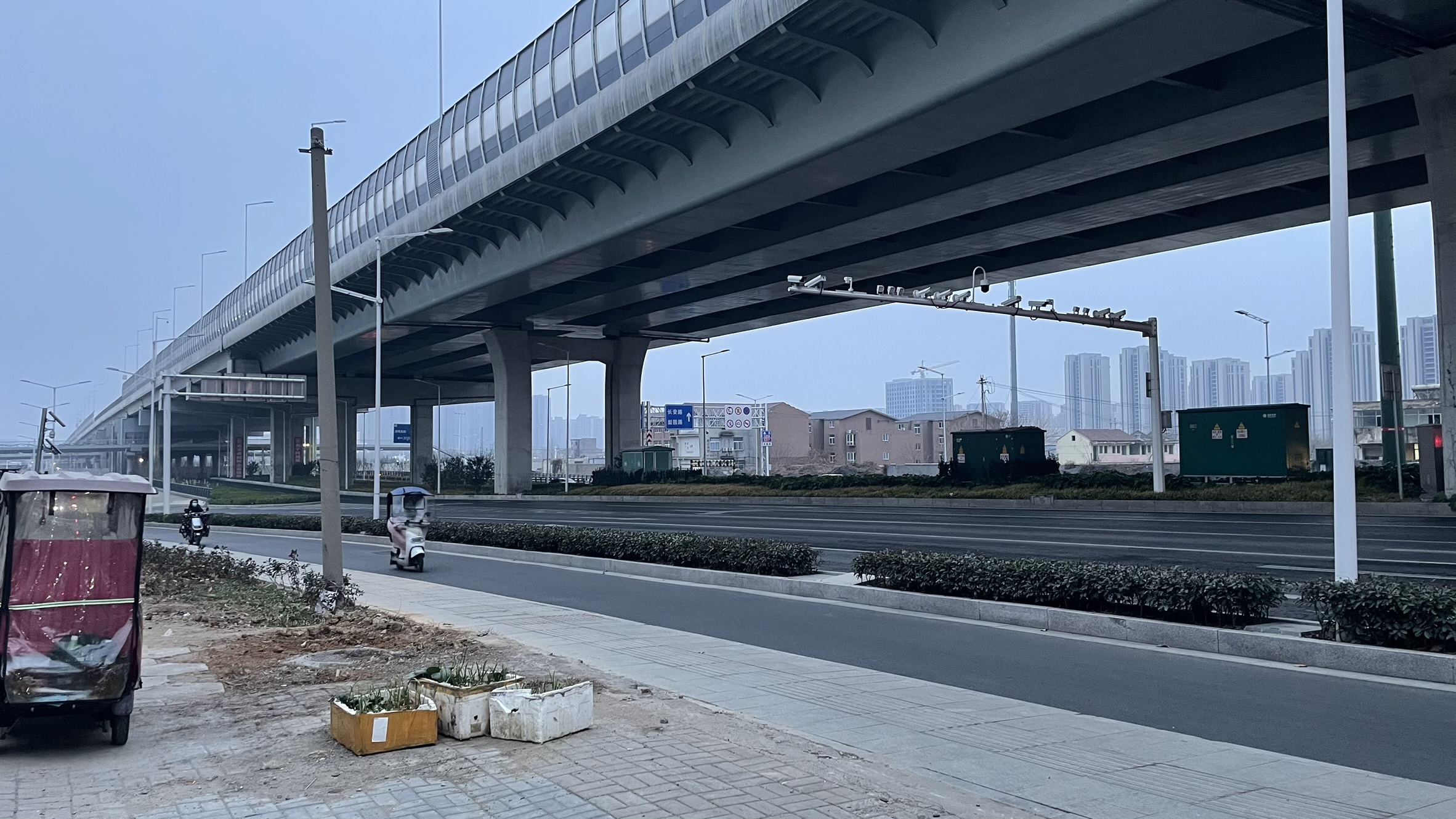
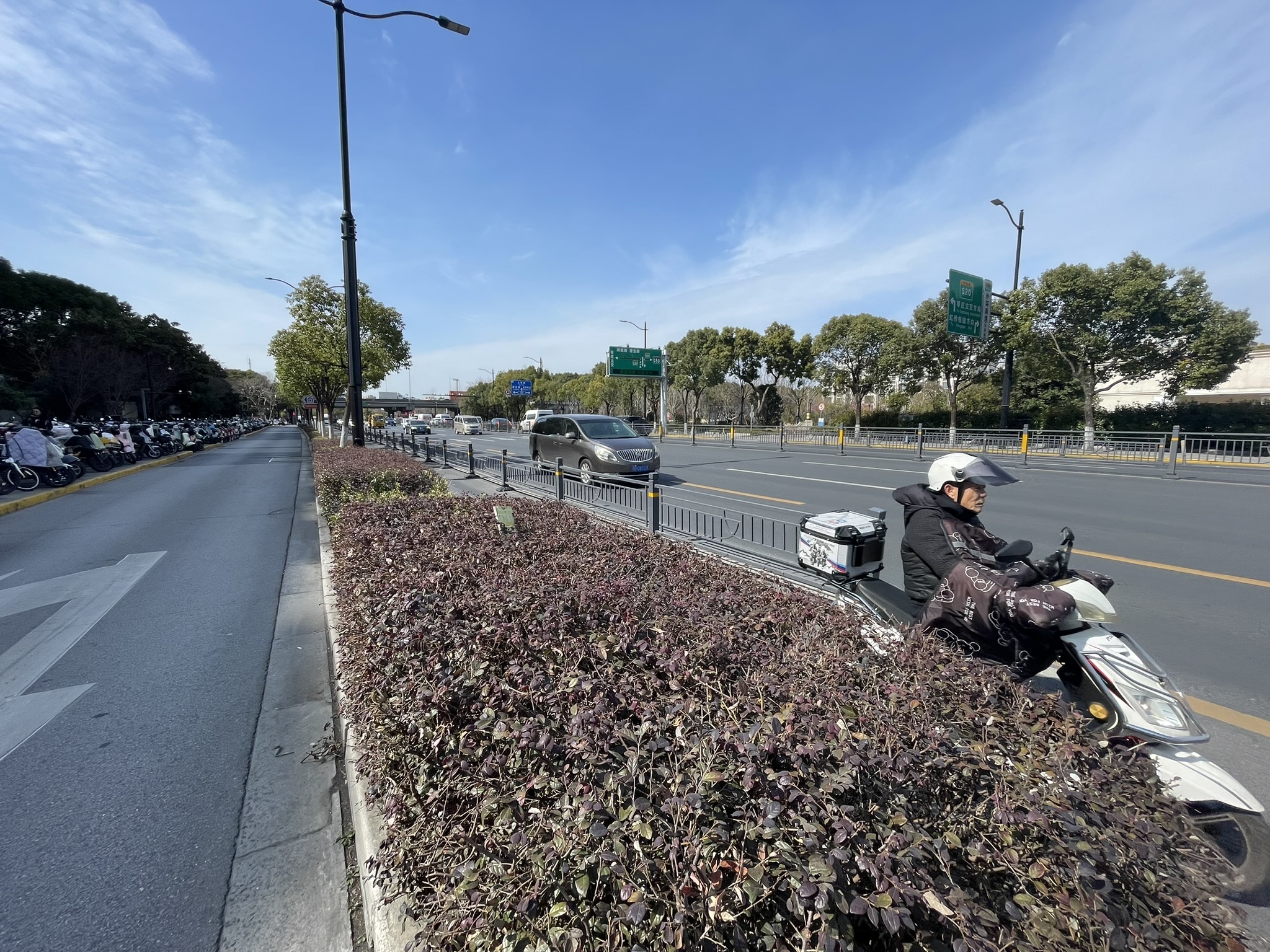
List of observations
Mild similarities:
- Trains to German trains (notification sound is same, just different pitch)
- Exit signs (European)
- Windows (German/European)
- Faux Europeanism (USA & PRC both have this)
- City pattern similar to USA
Faux Europeanism
I have to expand upon this idea because it’s the most interesting out of all of them. By this I mean physical appearances with stone statues such as Monumental Labs is doing (it’s interesting and I’m not against it, just that stone statues have this Roman Imperium connotation). Or you’ll see it with this pattern in a Chinese elevator or see videos of marches and drills as an introduction for the leadership in Beijing or with what Donald Trump is doing.
The entertainment pattern that developed in the UK and USA appears to have become this pop music singer concert pattern or the London Olympics play pattern. I have no idea what I’m watching when just one or two people go up on stage. It seems like someone just running around. I’d much prefer collective action over individual noise in a perforance, unless the individual happens to be extremely talented. Orchestra lovers would agree.
Europeans don’t live in this world anymore. They have circles in their tables which represents a communal dialogue and a standard of minimalism over ornamentation. But I have heard that some are too idealistic rather than pragmatic, so with the re-arming they are likely coming back from that too.
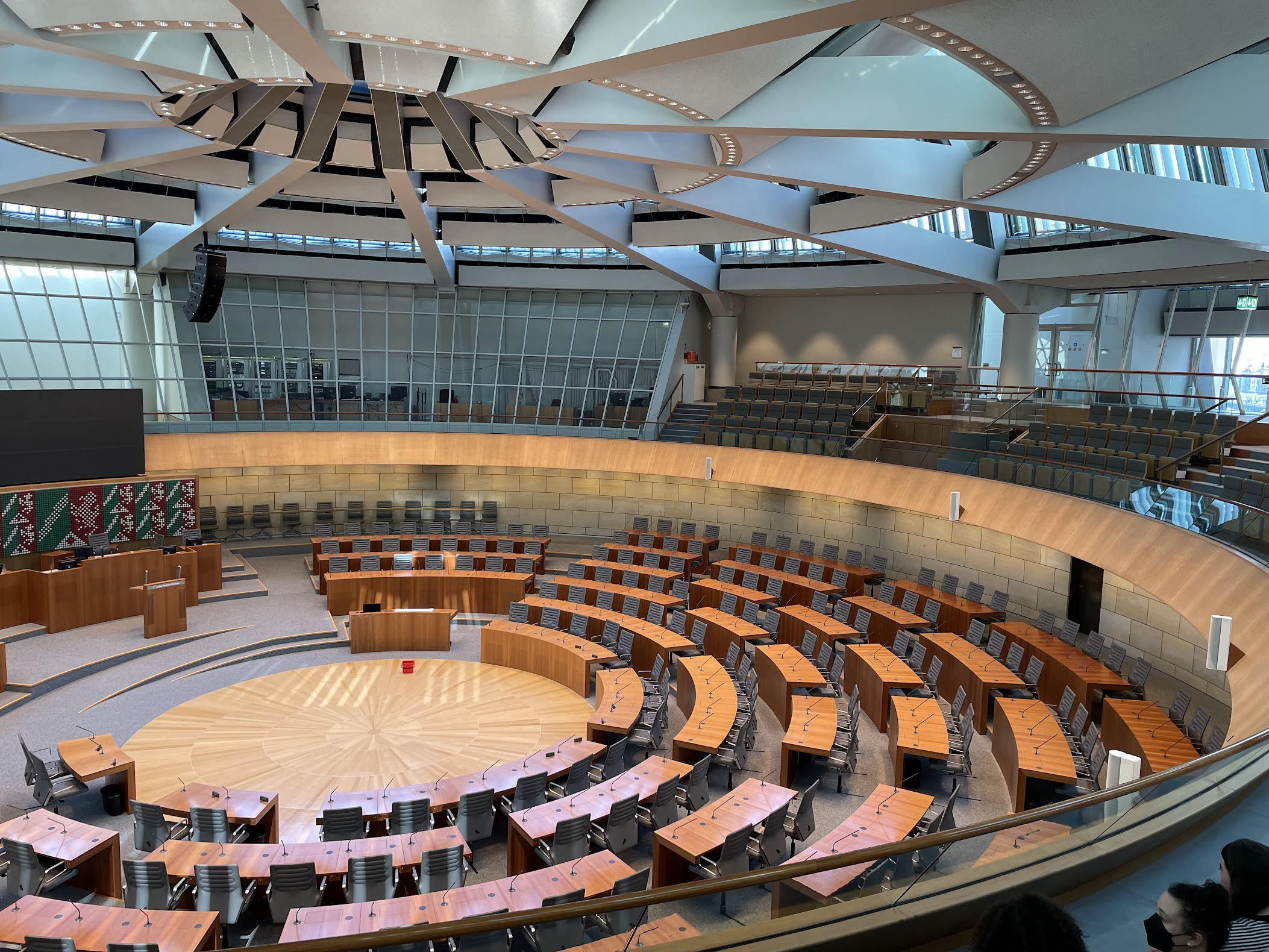
Interesting Differences
- E-commerce goes from factory instead of to distribution centers, small shops serve as distribution points within cities
- Haidiliao and Chagee could be a top-tier brand, Luckin Coffee and Mixue are like tiny stalls, chapanda, heytea
- Feel like there are less “hobby” stores for outdoors related things (think Bass Pro Shops, REI. Japan picked up this habit with Montbell and Snow Peak.)
- Certain parts of society are more developed (the apps, some of the roads, the tile on the ground). Doordash is a less developed and “designed” app compared to Meituan. It’s hard to exactly describe but the result of extra human effort in something is always appreciated and noticeable. In the USA many of the museums are more “developed.”
- Tissue paper is used for everything rather than paper towels
- QR scan everything in stores, no menus (can be annoying)
- Restaurant cookware is inside the table itself (saves time)
- Herbal mouthwash
- Halogen top lights in bathroom
- Double gas stoves and exhaust
- Double floss pick (has two strings rather than 1)
- “Sanitation” racks? instead of dishwashers
- More one-time-things: towels, socks, underwear, plastic liners for juicers
- No hesitation to microwave and heat plastic
- Very little string floss, just picks
- People not reviewing or adding things to Baidu Maps
- Saw a toilet seat with a handle to the side to help close/open it
- Fujifilm store in Shanghai
- S20, T5, M5 cameras recommended for beginners. But camera models change speed very quickly.
- Trash bags are not large, apartments could have vertical trash chutes but don’t
- Some apps do not tell you what app the verification code comes from (just says
Your verification code is 1234) (could this be a security feature?) - Loading screen ads make app more pleasant to use but annoying for utilities like Baidu Maps
Misc
- damnit I lost so much fucking money on esims
- esim doens’t work after a while if you use vpn, esim from alipay doesn’t work in taiwan without identification, esim from airalo gets cancelled, iphones 14+ no esims, if you buy an iphone it will have no esim availability
- Payment options and apps are sort of like multi-resilience, “super-app” is not really the right word for it. It’s a set of recursive systems where there are multiple ways to do things.
- “Night market street food smell” is gone from PRC. I think it’s the smell of meat left out for a long time. Still exists in Taipei.
- Mixue, Chapanda, Heytea, probably not that important. Haidilao or Chagee are more interesting.
- Even going to IKEA there’s someone on the speaker constantly pushing furniture advertisements. I think in high population places there’s an excess of labour, so if you don’t make noise = dead.
- Phone calls and more informal wechat communication system probably more efficient than emails and forms and signatures and formalizations.
- People love the Myers-Briggs test for some reason
Questions
- Why not white tile in train stations rather than grey granite? (Ideas: lack of marble, granite resists wear better)
- Hospitals do have white tile which is easier to clean
Ideas
- Dutch style turning lanes for mopeds might be better rather than the giant left turns
- Hotels should have an actual “no smoking room” for people who ask
- Being pushy about selling a product is probably unnecessary because they don’t actually talk about the relevant features. Same goes for web broadcasting of products. Adding extra gifts in Taobao or Meituan packages means I have to throw them away, gift is like a cat bringing a dead mouse.
- It might be good to pursue an academic career because universities are some of the few nice areas remaining in society
- The internet is the 1920s Vienna of today
- I feel like you need some degree of isolation to do good work. Suburbs offer this opportunity.
- Xiaomi stores are quite incomplete for their product line. Surprised that there’s no flagship store in Shanghai.
- More variance in USA. More terrible environments but also more great environments. Americans underestimate their own intelligence, this idea of 130+ IQ in China and sub 80s in Africa is likely wrong (though there still are differences, just not that major)—though I would need to visit Africa to double-check on that.
- One giant world system is probably bad due to power-law scaling.
- Infinite malls are annoying (prefer to be able to see everything at once)
Leading roles
- QR Code Scanners
- HSR
- Consumer Manufacturing
The smell most common to China is the Smoke-Sewer smell. The most common smell in Europe is generally the Smoke smell, and the most common smell in the USA is the Weed-Car smell. I am very unhappy with all of these smells. My clothes smell like smoke after walking around in the city like this. In the USA the major cities smell of weed and the rest of the country everyone drives so I smell of plastics and car.
Olfactory biomes I find much more satisfactory are that of a snowy day, rain, the beach, or the forest smell. There is also a “barn” smell when near animals. I don’t like that one. I’m sure there are others but those are the most distinctive in my mind.
Taipei thoughts
- Peaceful island, but ruined by sound of gas mopeds
- High quality blue jacket for students, not sure what it was
- Fair amount of homeless and disheveled people, might just be a feature of cities.
Advice for stores
- lighting that shines from the top onto someone’s head looks bad in front of mirrors
- stairs are tiring, use ramps instead
- there should be a comparison of competitor’s goods so people know what they’re getting
- stores should have a pamphlet that explains different models and product lines and the history behind such things when people walk in rahter than having them wander and choose
- It’s hard for people to actually understand what’s good/bad and to build the knowledge needed to make the correct purchase in a short period of time
Architectural Choices from the People’s Republic of China
The main traditional pattern I see is:
- Heavyset wooden furniture
- Tile/stone
- Squares
Modern-traditional?

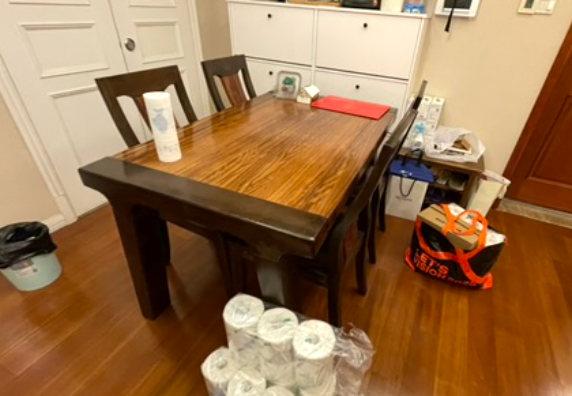
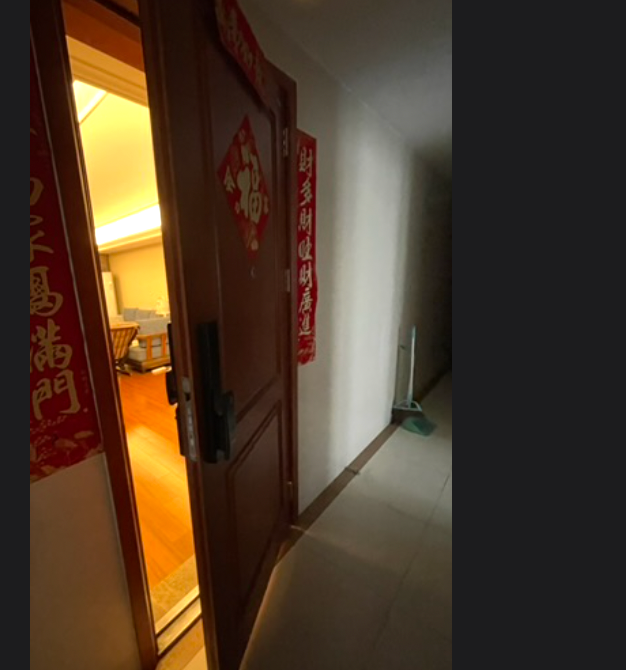
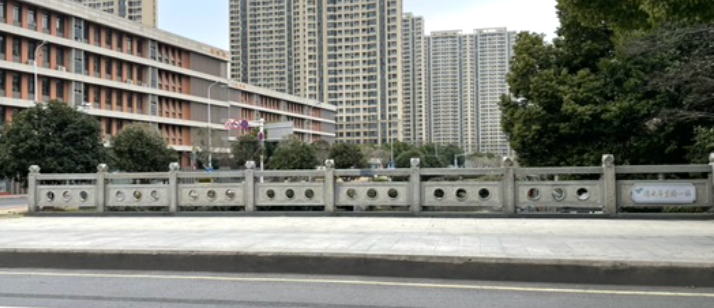
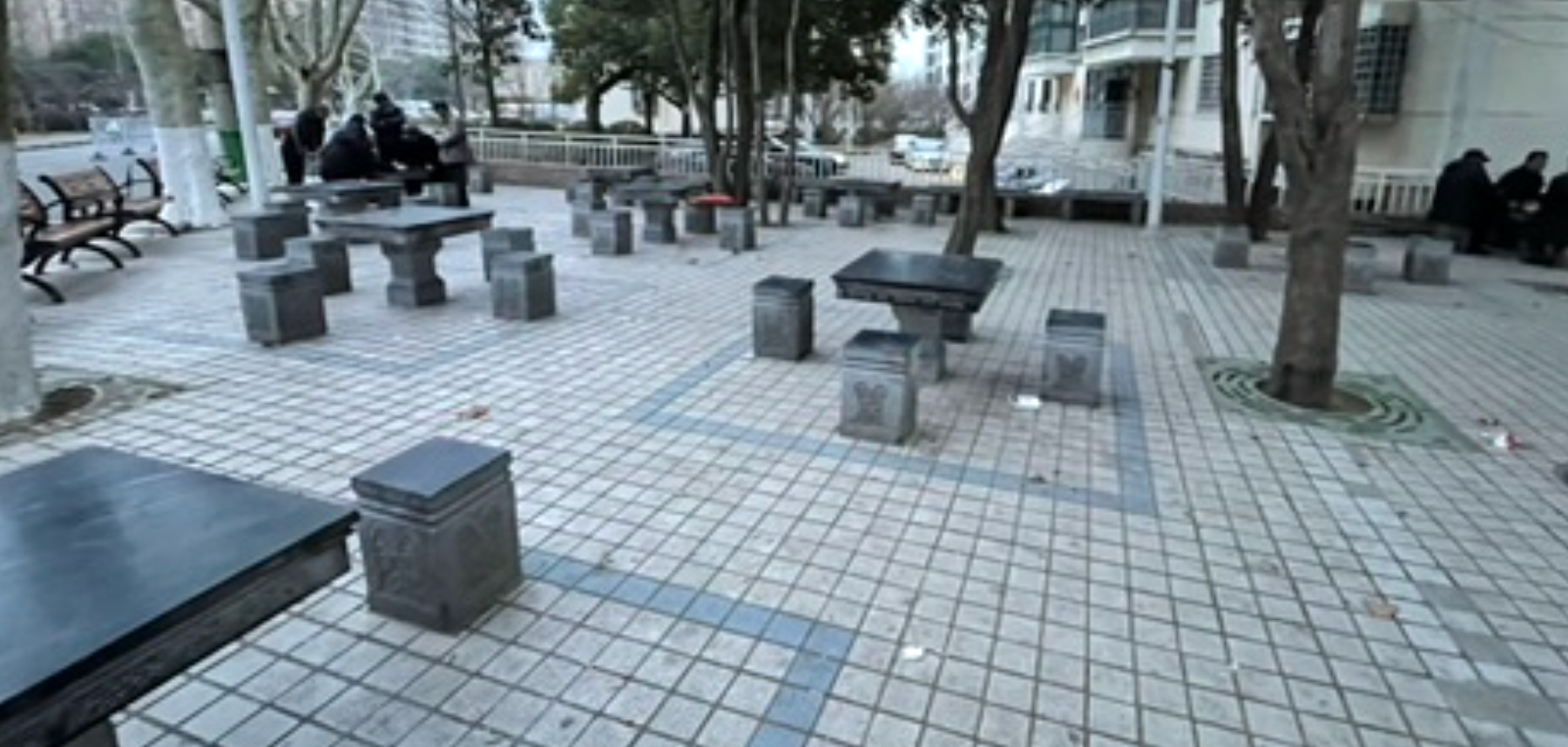
Stacked layered balconies are interesting. Reduces suicide risk. 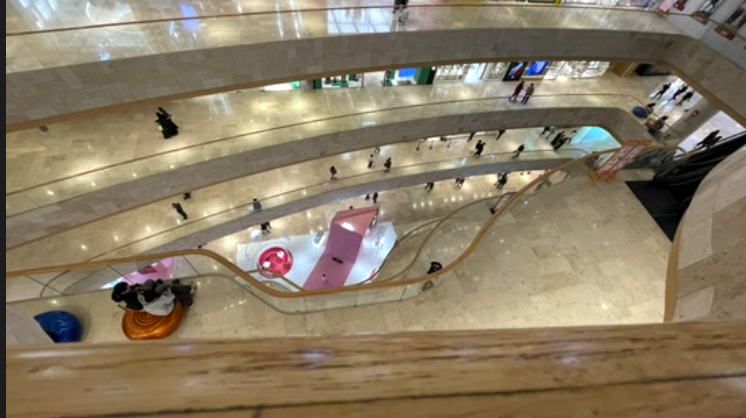
Most people notice the curved roofs. Those are probably not the most significant detail. 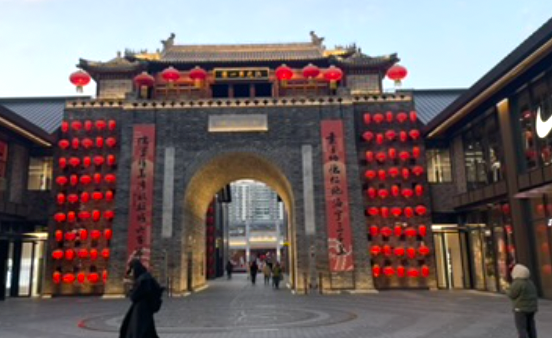
Modern
Bollards. Chess-piece bollards. Curtains on doors. Gates with wheels. Bumped sidewalk paths.
Faux-Traditional
Traditional patterns in metal. 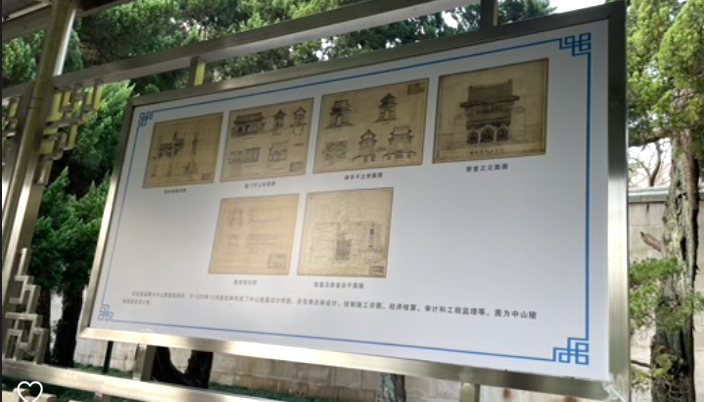
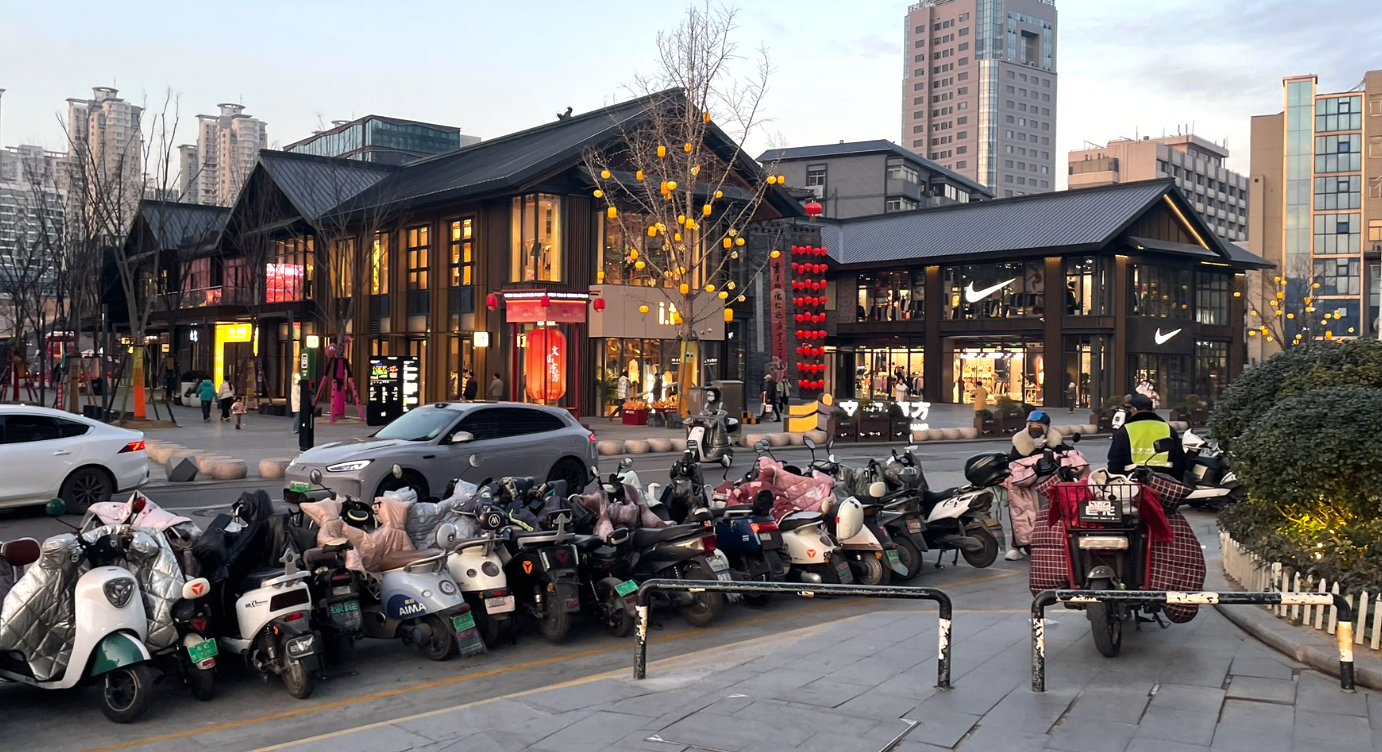
Faux-European

